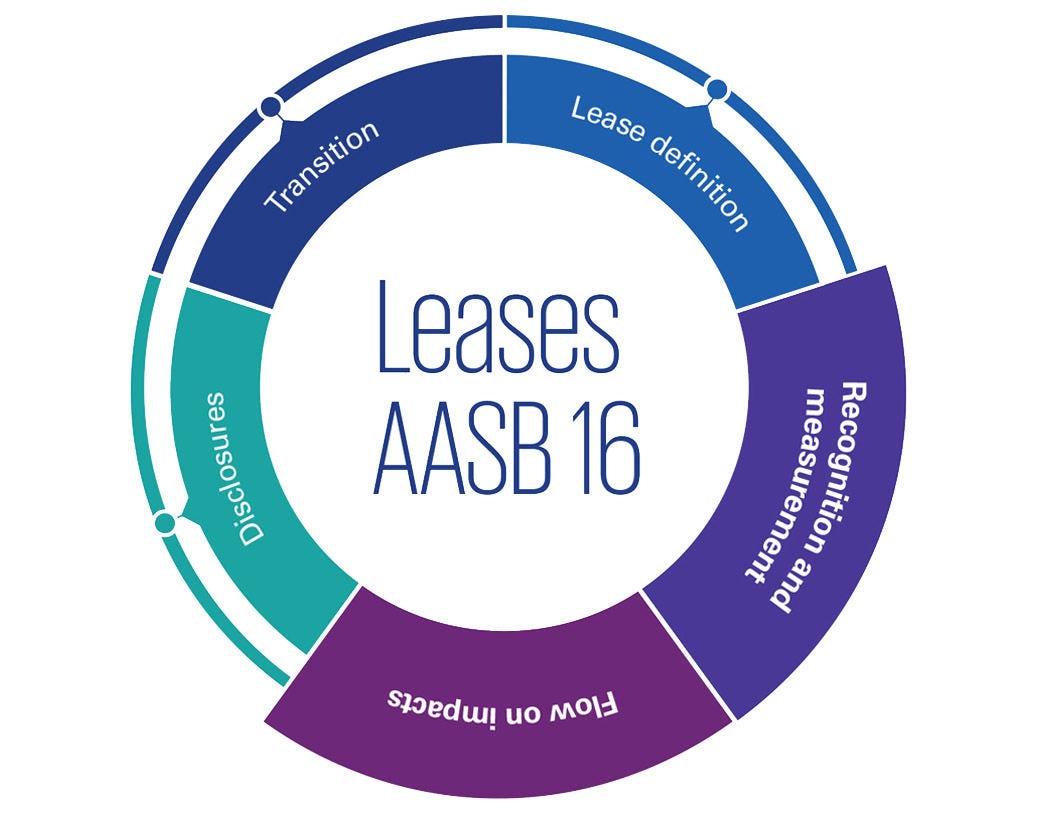When determining the fair value less cost of disposal (FVLCOD) of a CGU for impairment testing purposes, if a buyer would assume the lease liability on disposal of the CGU, one way to calculate the FVLCOD of the CGU involves including the lease payments in the FVLCOD discounted cash flow model.
We clarify what lease payments are included when calculating the FVLCOD of a CGU.

Scenario
Company X leases a building to run its recruitment business. The recruitment business, including goodwill, a brand asset, the right-of-use (ROU) asset for the building, leasehold improvements, fixtures and fittings and computer equipment, is considered a cash generating unit (CGU) for impairment testing purposes.
At year end the recruitment business’ profit is below budget and there is an indicator of impairment. The CGU is tested for impairment. FVLCOD is higher than value in use therefore FVLCOD is the CGU’s recoverable amount. A buyer would take on the lease liability for the building if the CGU was disposed of and therefore includes the lease liability in the carrying amount of the CGU.
Interpretive response: No. The FVLCOD of a CGU includes the future cash outflows that a market participant would expect to incur to fulfill the lease liability assumed from Company X. Given that there is a contract in place which stipulates the basis of the cash flows, the contractual cash flows per the existing lease contract are included in the determination of FVLCOD of the CGU.
Let’s assume Company X entered into a 7 year lease for the building on 1 January 20X1 for $50,000 per year. The carrying amount of the lease liability is based on $50,000 per year.
There is an indicator of impairment at 31 December 20X4. Market rent has declined since 20X1 and the rent for a building of a similar size in a similar location is $40,000 per year. A market participant therefore expects it could re-negotiate the rent payable for Company X’s store to $40,000 per year, aligned with the market.
For impairment testing at 31 December 20X4, Company X includes lease cash outflows of $50,000 per year for the remaining lease term when calculating the FVLCOD of the CGU as these are the cash flows a market participant has to incur when it takes over the lease contract to fulfill the lease liability assumed.
Beyond the lease term, where a market participant expects to replace the ROU asset with a new lease, the forecast lease payments for the new lease will be based on the rent a market participant expects to pay for the new lease based on the market conditions at that time.
In technical speak
Fair value is the price that would be received to sell an asset or paid to transfer a liability in an orderly transaction between market participants at the measurement. The requirements of AASB 13 Fair Value Measurement are followed when calculating fair value for FVLCOD recoverable amounts for the purposes of impairment testing in AASB 136 Impairment of Assets.
When measuring the fair value of a liability it is assumed that the liability is transferred to a market participant at the measurement date and the measurement is based on what the market participant would be required to incur to fulfil the contractual obligation transferred. The liability would not be settled with the counterparty or otherwise extinguished on the measurement date [AASB 13:34].
More AASB 16 Check
- How does a borrower account for a waiver of loan repayments?
- How does a borrower account for loan repayment holidays obtained during the COVID-19 pandemic?
- When do loan modifications result in derecognition?
- How does a borrower account for a modification to a prepayable fixed rate loan?
- What is the impact of modifying a floating rate loan?
- How do new costs and fees impact modification accounting?
- Does the effective interest rate change with non-substantial loan modifications?
- How does a borrower account for loan renegotiation costs?
- How are unamortised transaction costs accounted for on loan modification?
Subscribe for updates
Register to receive our weekly Financial Reporting News update.




